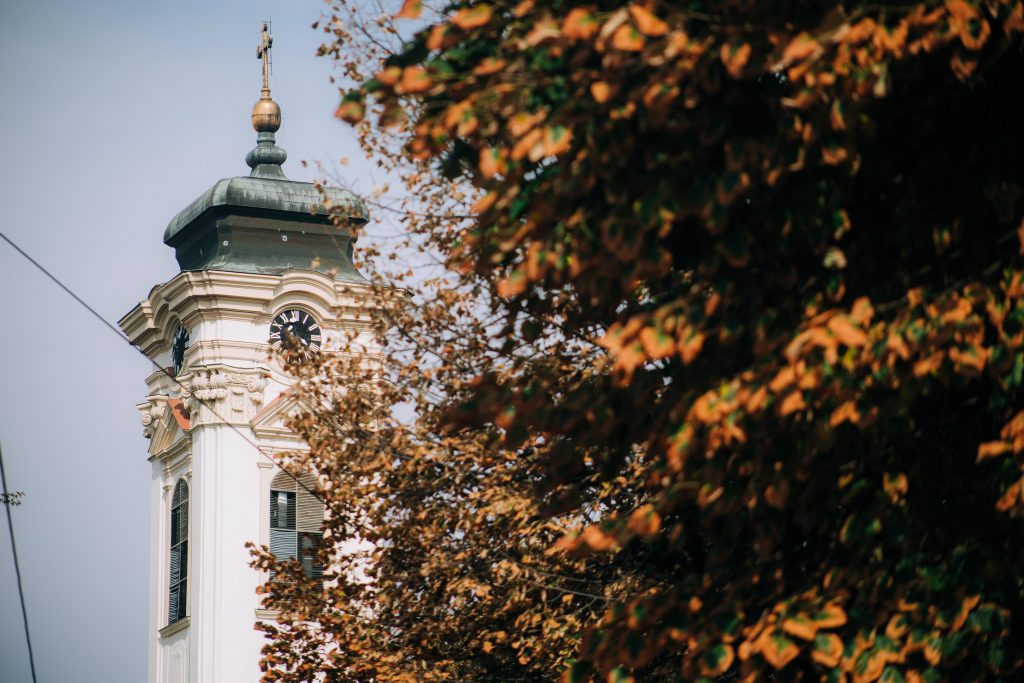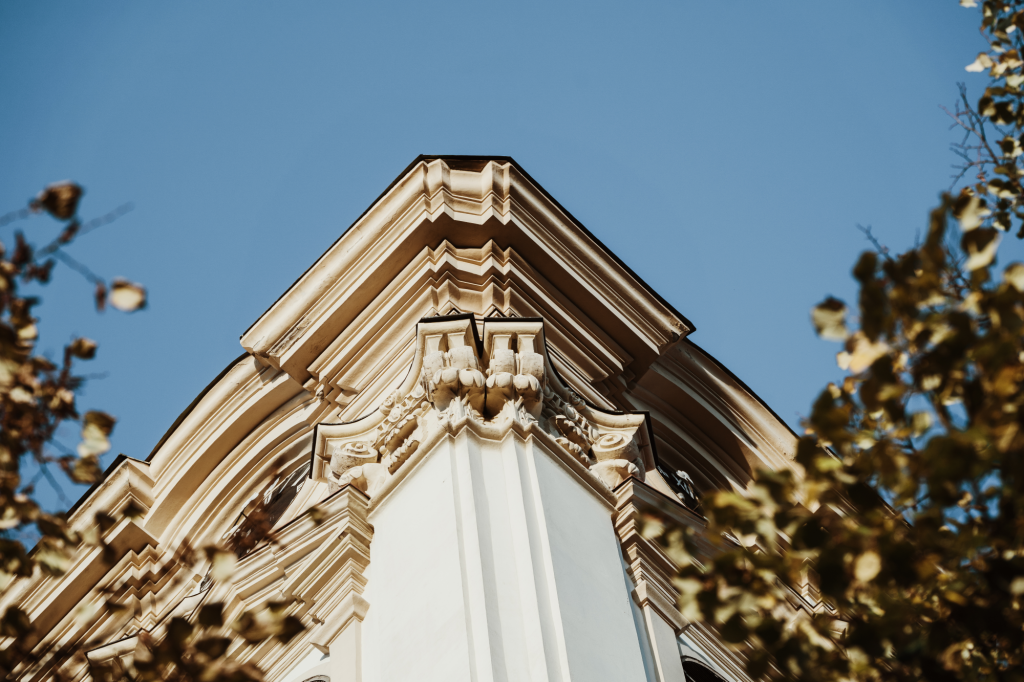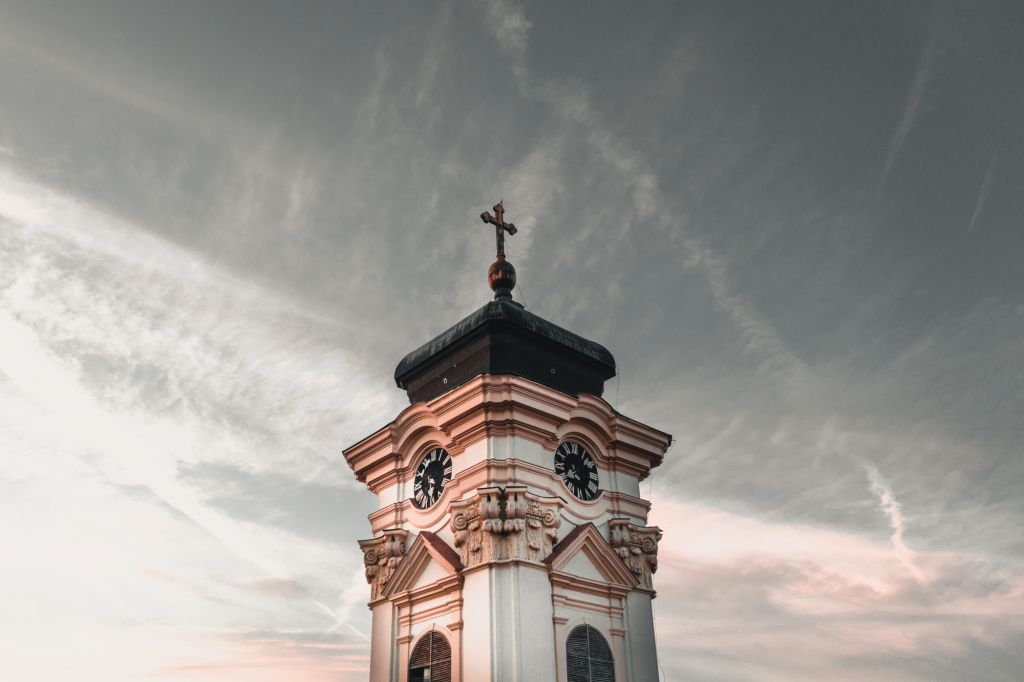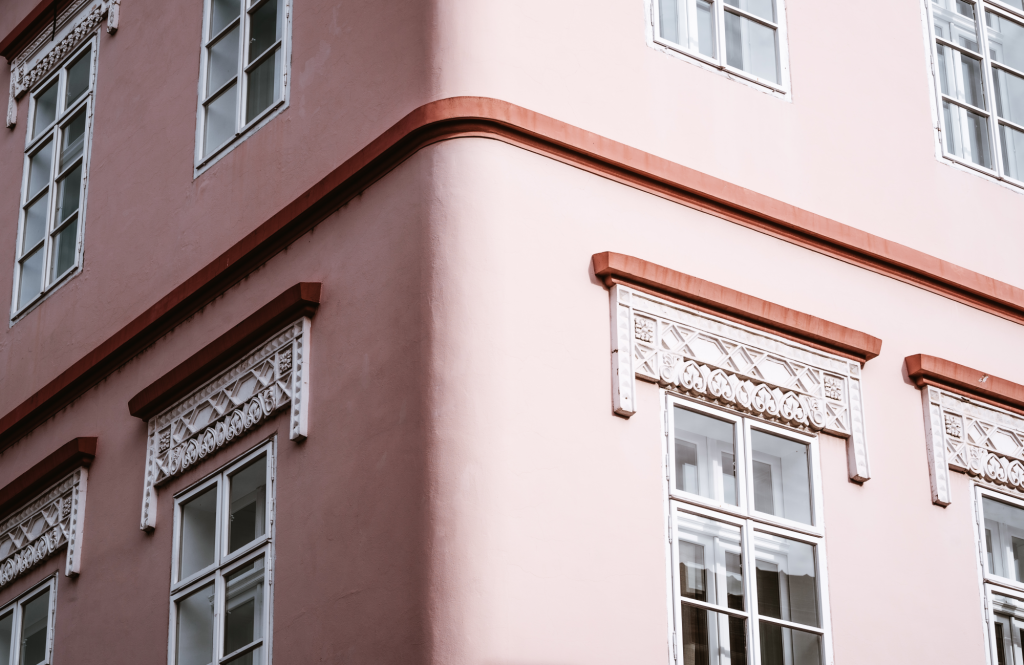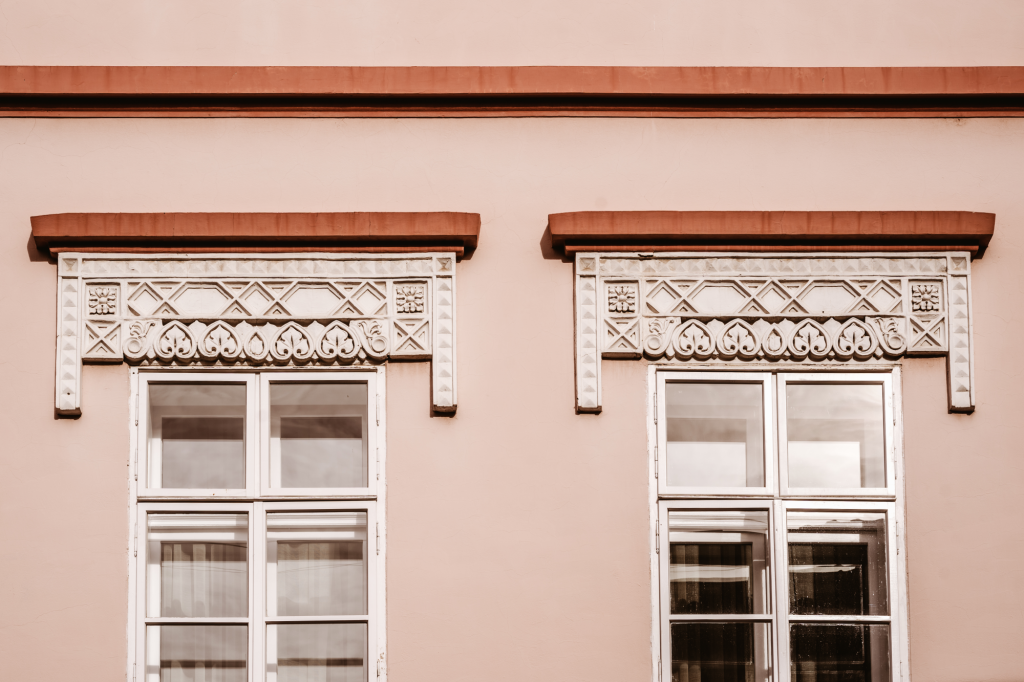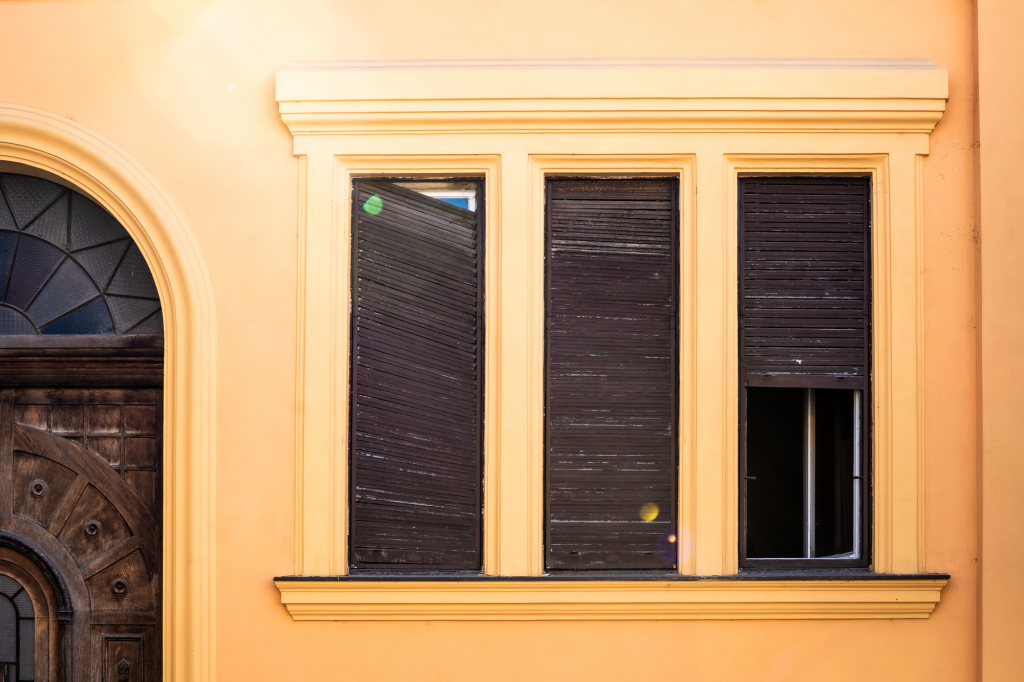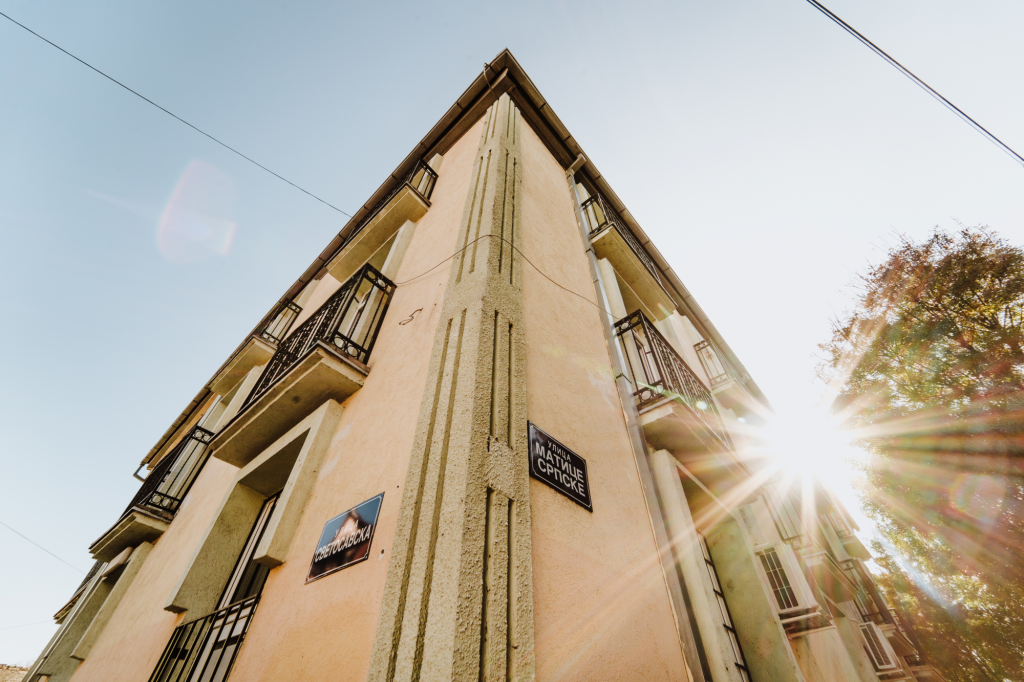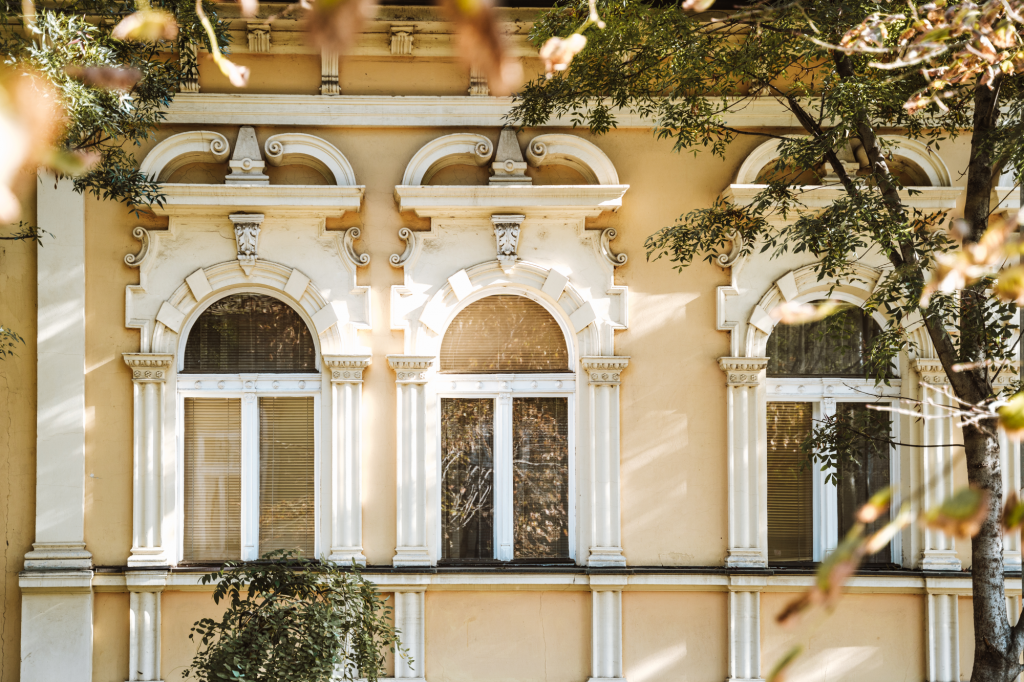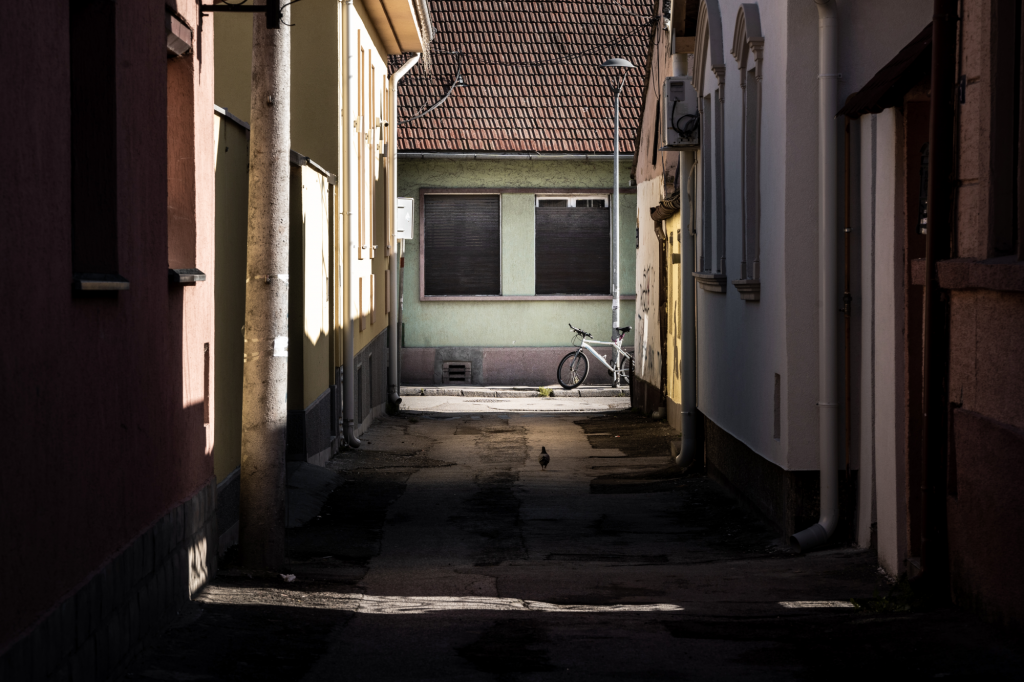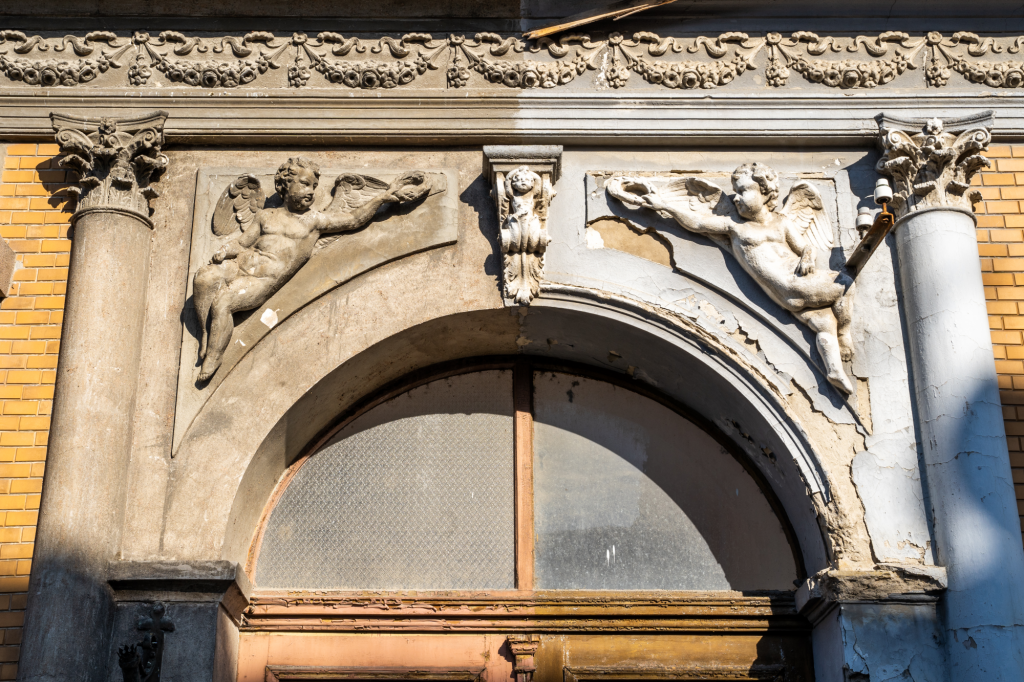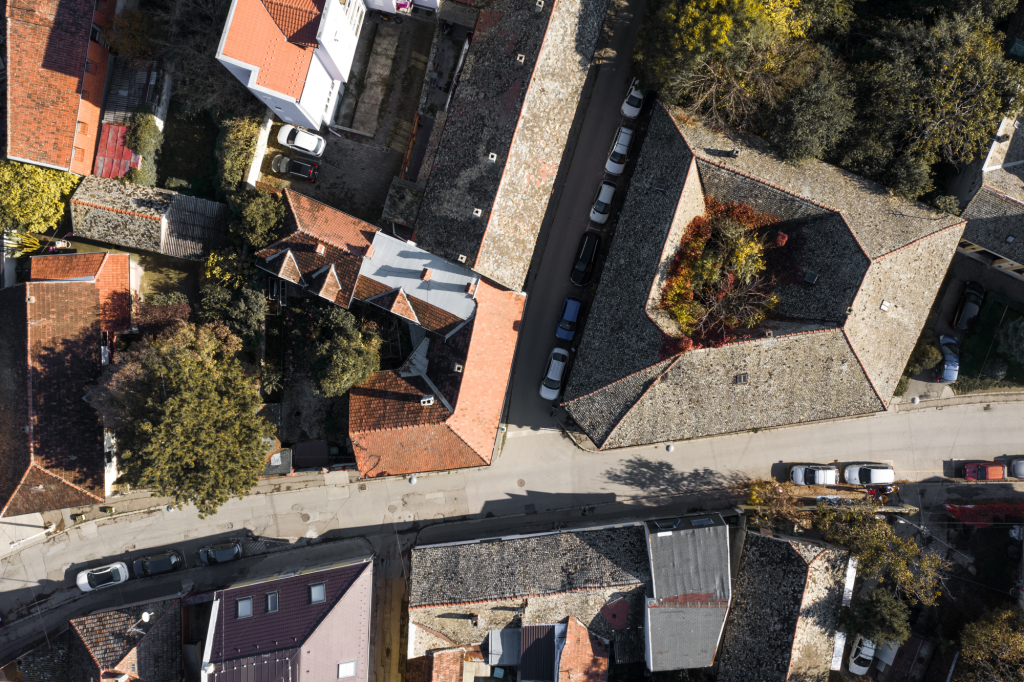If a walk through Novi Sad leads you to a neighbourhood with winding streets, old houses with ‘house numbers’ above doors, and an atmosphere different from the rest of the city, be sure you’ve stumbled across the Almaš neighbourhood. Numerous cultural, political and social circumstances lead to working and living in a still traditional environment of this part of the city, but in a modern way.
📌 Almaš neighbourhood It’s 1718, Novi Sad is still called Petrovaradinski Šanac, and the inhabitants of the Almaš neighbourhood, that used to be on a marsh between Temerin, Nadalj, Sirig and Srbobran, decided to move to Novi Sad. The reason for this was some already forgotten misunderstanding between them and the authorities. About twenty Serbian families packed whatever they had, put it on the pack saddles and wagons and moved to Petrovaradinski Šanac. They formed a new city district and gave it the name of their old village.
The original name of this neighbourhood was Ajmaš, according to the legendary poet Jovan Jovanović Zmaj, who wrote a song about some guy Paja from the Ajmaš neighbourhood. Author Aca Popović Zub used to go out at night and walk the streets of the Ajmaš neighbourhood, writing his book Uspomene (En. Memories), while Vasa Stajić, historian from the 20th century, stated that the church is called the Ajmaš church.
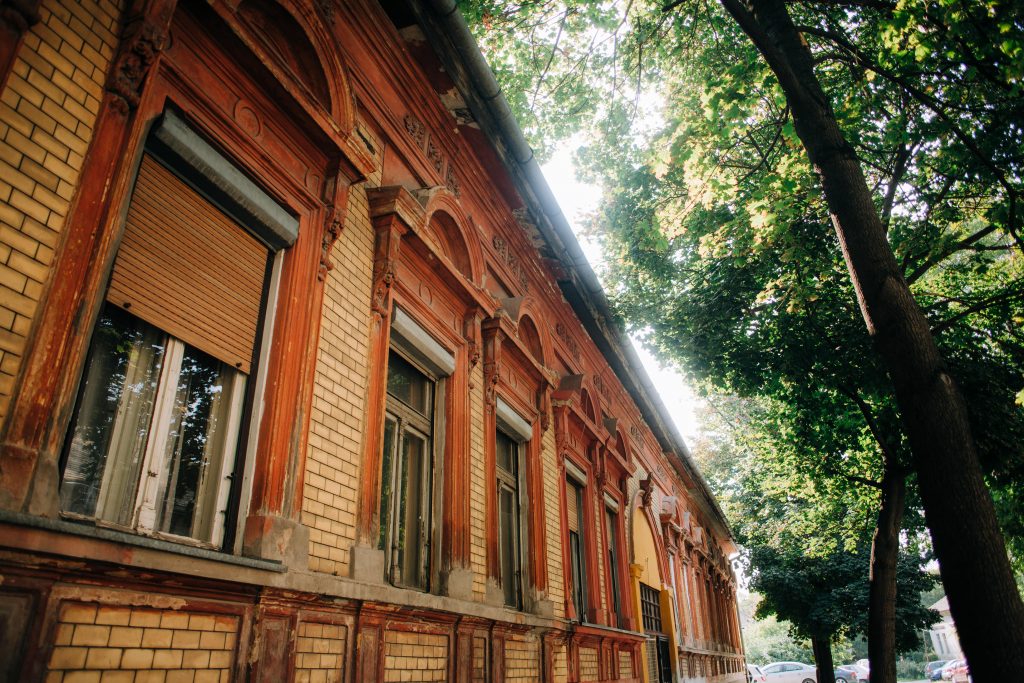
Winding Streets
From a historical and urban aspect, the Almaš neighbourhood now, is exactly as it was presented on the oldest preserved maps by the engineer Anton Kaltschmidt. These maps date back to 1745, i.e. 27 years after the first citizens had moved to Almaš. The Almaš neighbourhood is a network of meandering streets which, according to their names today, is bounded by Marija Trandafil Square and streets – Temerinska, Dorđa Rajkovića, Zemljana Ćuprija, Koče Kolarova, Almaška and both sides of Matica Srpska Street. It can be said that the Almaš neighbourhood was on three sides surrounded by the roads where economic and social life used to develop (transport, trade, crafts, taverns). Network of winding and intertwining streets, typical of Orient and Mediterranean towns, hide interesting history and remind us of the olden days, when urban planning was done regarding citizens’ needs. Legend says that people from Almaš have a labyrinth of little, orient, meandering streets, atypical for other people from Vojvodina, because they prefer meandering around their problems, instead of facing them directly. Irregularity of the streets in the Almaš neighbourhood is a phenomenon which resulted due to the hydrogeological factor, the field itself and its characteristics, dependant on the arrangement of dry beams.
The houses had their house numbers, some of which are still seen above the doors. These numbers were more important than the address itself, tax assignments were given according to the numbers.
In the old days, the names of the streets in Novi Sad weren’t honoring important people, but professions, animals, plants and taverns, with a poetic undertone. This speaks volumes about the citizens’ personalities. The oldest names of the streets were Mesečeva, en. Moon (today called Pećka), Licidarska or Jazavčeva, en. Badger (Svetosavska), Mišija, en. Mouse (Baranjska), Sedam vođa or Zmijina (Hadžić Svetića), Crnog Petla, en. Black Rooster (Save Vukovića), Gušterska, en. Lizard (Sterijina), Rodina, en. Stork (Milana Rakića), Lavovska, en. Lion (Miloša Obilića), Jelenova or Medena Street, en. Deer (Petra Kočića). Taverns used to be the main orientation points, thus some streets were named after them (Fazanova, Kod tri violine, Kod četiri krajcare).
The House of Austria decided to dig the channel next to Novi Sad in 1875. That’s when the Bara četiri krajcare pond was desiccated – a pond the Almaš people found there when they moved. Any person that wished to enter the city across this pond, had to pay four ‘krajcars’, hence the name. After 1875, it was turned into pastures. Later, the first industrial zone in Novi Sad was beginning to develop there.
One of the few streets that has preserved its original name is Zlatne Grede Street, which still represents the highest part of the city – 80 meters above sea level. The Danube used to spill over and flood everything, but it had never overflown Zlatne Grede. Some even called this street Dam. Vasa Stajić said this was the street of the Serbian intelligence, because many intellectuals from the 19th century (Đura Daničić, Jovan Jovanović Zmaj), were born and raised there.
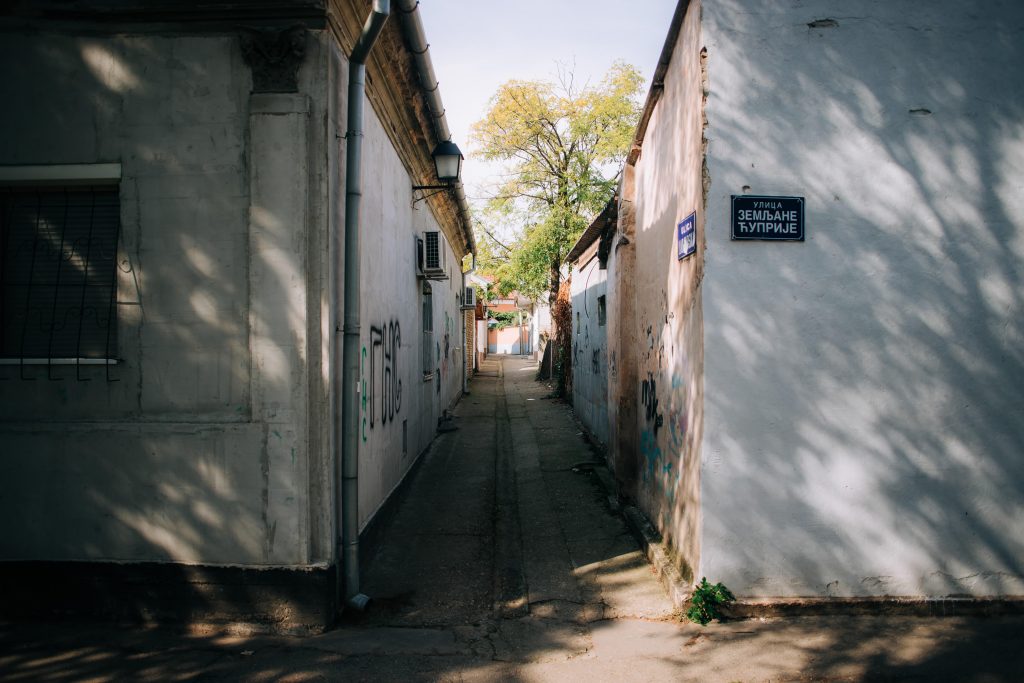
The narrowest street in Novi Sad, Lađarska Street, also preserved its name. It’s only 2,5 meters wide. In the past, it has been stated that the street was 80 steps long and 3 steps wide. Back in the old days, people used to call this street the sugar street, as it was convenient to kiss the loved ones there, hidden from the eyes of others.
The Old Spirit of Novi Sad
The Almaš neighbourhood used to be poor, people lived in flimsy houses made out of brushwood, mud and reed. The architecture was traditional, rural – the houses were long, with three rooms and small window frames. The Almaš neighbourhood isn’t called ‘the village of the city’ without a reason. Before the Almaš church came into existence, there was an Orthodox temple, built in 1718, made out of the same flimsy material they used for building their houses, thus this temple didn’t last very long.They had been building the new Almaš church around the old one, from 1797 until 1808. Upon finishing the new church, they carried the old one out, brick by brick.
The treasure of the Almaš church is the Mary with Jesus icon by Uroš Predić, ordered by Arsa Pajević’s wife in 1905. This icon, borrowed by Mrs Anka Pajević, was considered intriguing because the Mother of Jesus was painted too realistically. A huge debate arose as a consequence of violating the Orthodox canon. The most famous Almaš people are Đura Daničić, a poet, Petar Dobrović, a painter, Aleksandar Popović Zub, a journalist and author, Đura Popović Graničar, the first person to translate Don Quixote into Serbian, Svetislav Ivan Petrović, the first Serb to have a successful film career between the two world wars, Marko Nešić, a tamburitza player… The period after the World War II brought huge changes to this district. The old occupations, gardening and vegetable farming, almost ceased to exist. The industrial zone started to move to this location, thus making it a living district. From today’s perspective, marginalisation of the Almaš neighbourhood is a good thing – by not being subjected to modernisation, which changed the old town, Almaš succeeded in remaining almost intact. What makes this city district different and important are the slow rythm of implementing changes and the citizens’ commitment to traditional culture. You can still feel the old spirit of Novi Sad in this unique architectural-urban complex. The culture and heritage Novi Sad was built upon, which are inevitably disappearing today, are still preserved in the old streets of the Almaš neighbourhood.
In 2019, the Almaš neighbourhood was declared protected cultural-historical site, thus guaranteeing the preservation of its cultural-historical identity in the centuries to come as well.
Author: Ljiljana Dragosavljević Savin, master historian
Photo: Uroš Dožić, Jelena Ivanović

